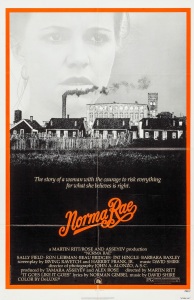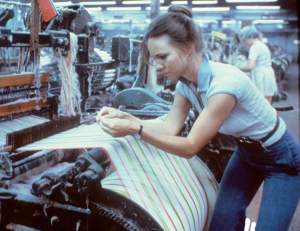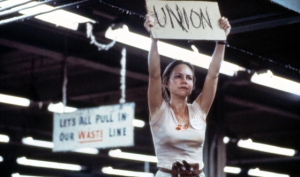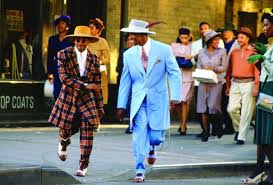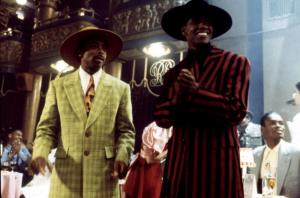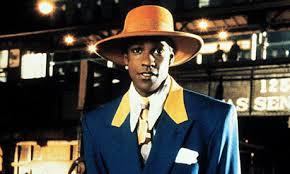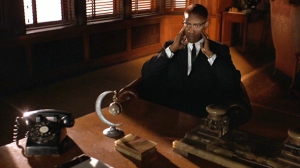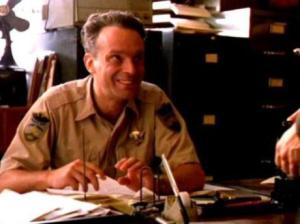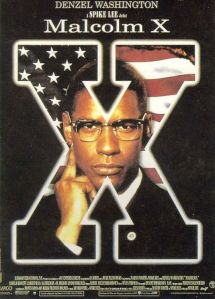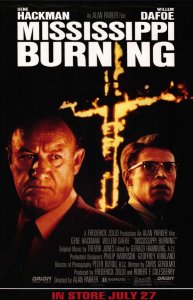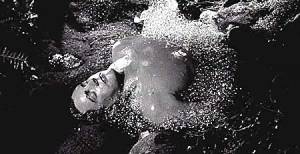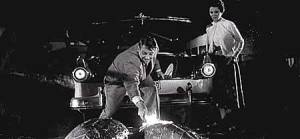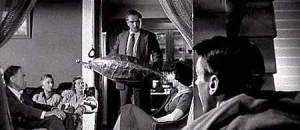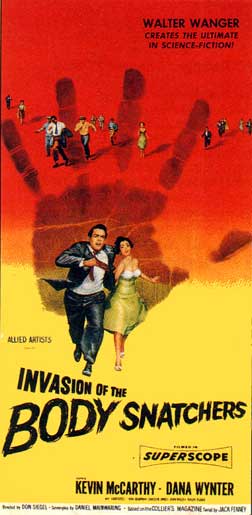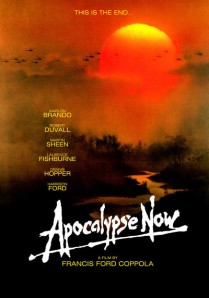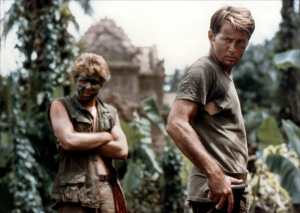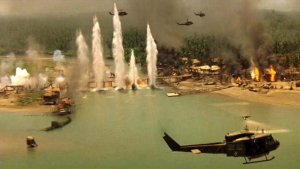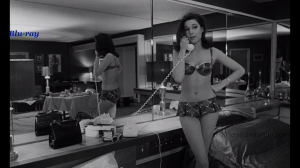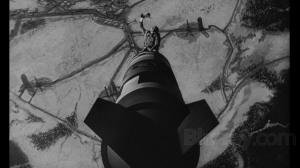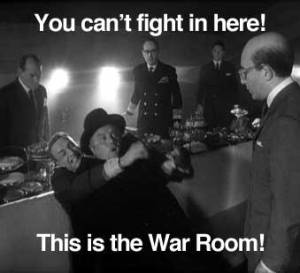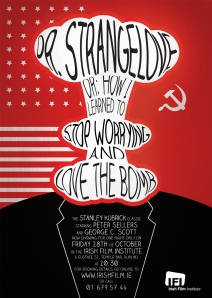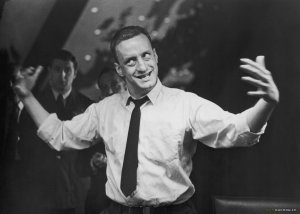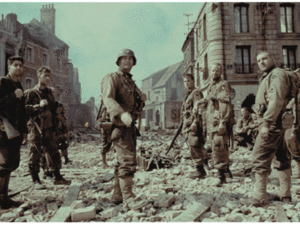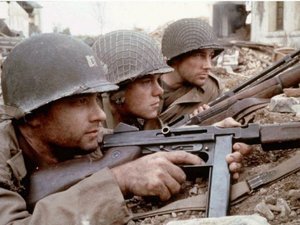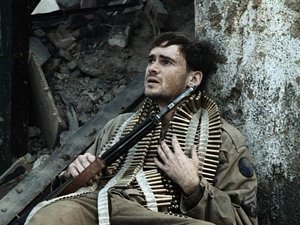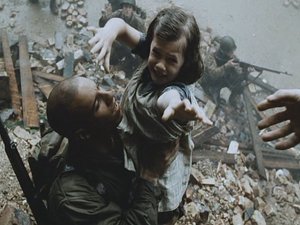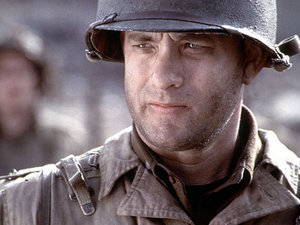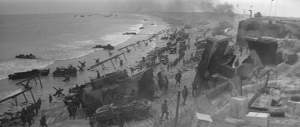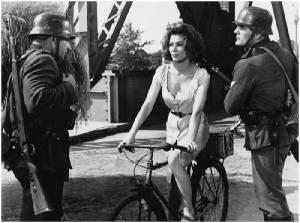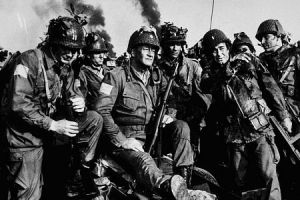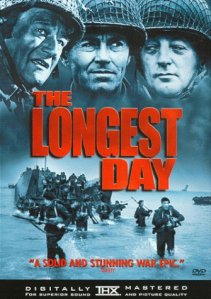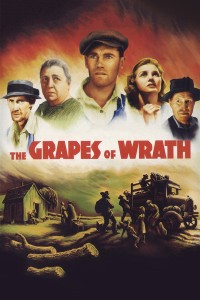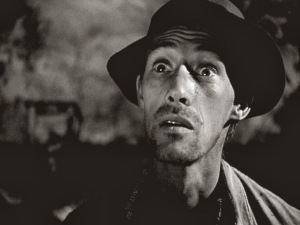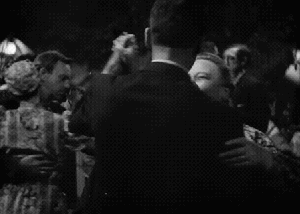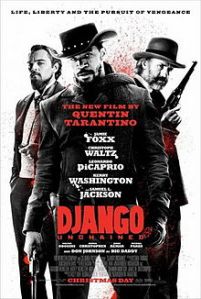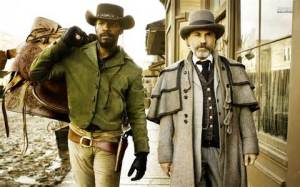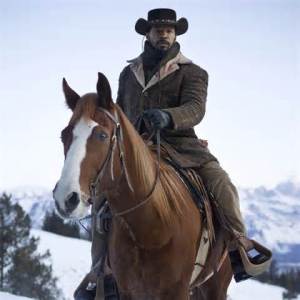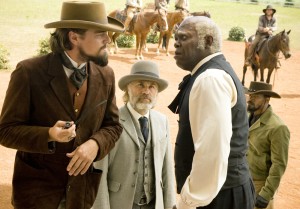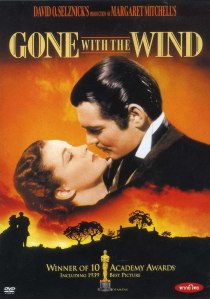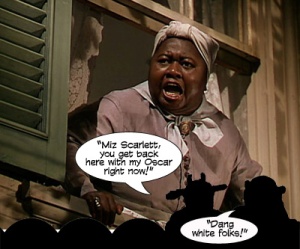The film that we watched allowed me to understand how terrible labor was for workers especially in textile mills. In the film Norma Rae it shows how miserable the work inside can be and how poor the conditions were. It was very loud all the time, the workers were treated like crap and were not paid well. Something had to be changed, and that is why Norma Rae stood up and tried to unionize the Textile mill. This film is based on the true story of Crystal Lee Sutton. Inside the mill, workers were picking cotton and spinning it and it was a miserable place. It even had an impact on the health of workers. In the movie it shoes Norma Rae’s mother losing her hearing. Another scene where her father actually passed away because of the work. This type of work was not worth the minimum wage and this is why Norma Rae tried to unionize it. The way this film portrays the labor made me think of how hard work was during that time. How families would have to work and work to provide for their family even though the pay was not worth it.
Norma Rae, played by Sally Field, is a young mother of two and minimum-wage worker in a cotton mill. The factory in which she works has taken too much of a toll on the health of her family for her to continue to ignore the mill’s abhorrent working conditions. After hearing a speech by New York union organizer Reuben Warshowsky. Norma Rae talks to Reuben and decides to join and persuade an effort to unionize the mill. Although she is fighting for the benefit of her community and family, Norma Rae’s dissension leads to tension at home; her husband Sonny tells her that she is not spending enough time at with her family and believes she is having an affair with Reuben. Despite the pressure brought to bear by management, Norma Rae successfully orchestrates a shutdown of the mill. One by one, the other workers stop their mill machines, and eventually, the entire room becomes silent, resulting in victory for the union and capitulation to its demands.
In the film It is set in today’s rural South, where the idea of collective bargaining is considered roughly on a par with membership in a Communist cell. Though the movie doesn’t stress this the highly publicized industrial boom in the post-World War II South was largely the result of the cheaper non-union wages that took manufacturers away from the Northeast and mid-Atlantic states.
This film won many awards as well as being nominated.
